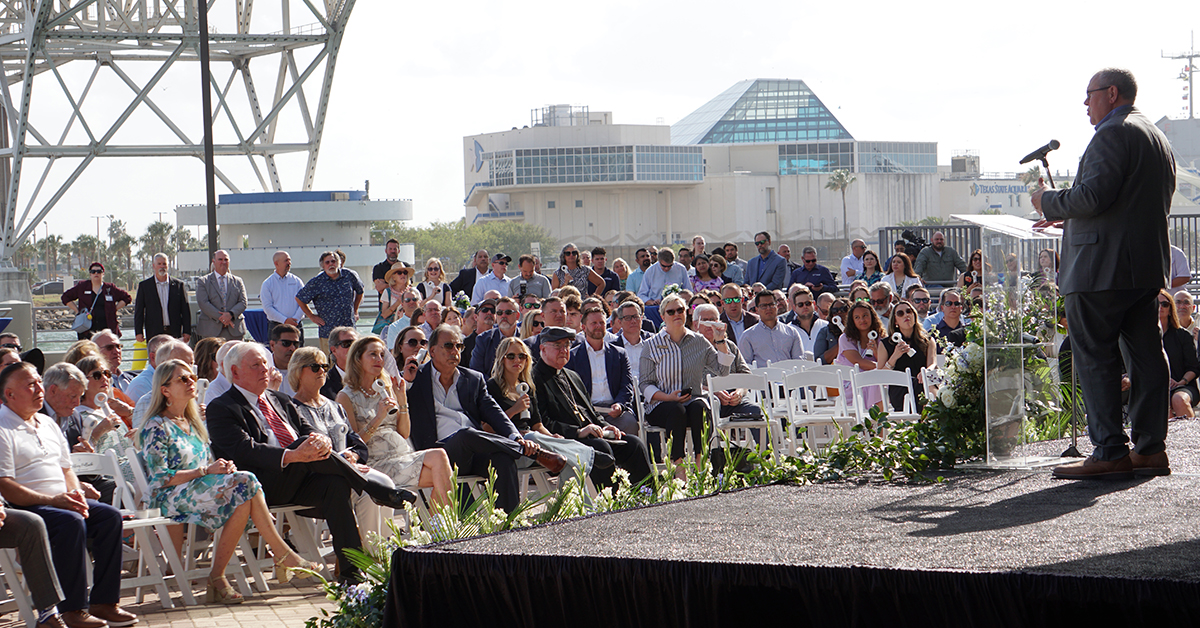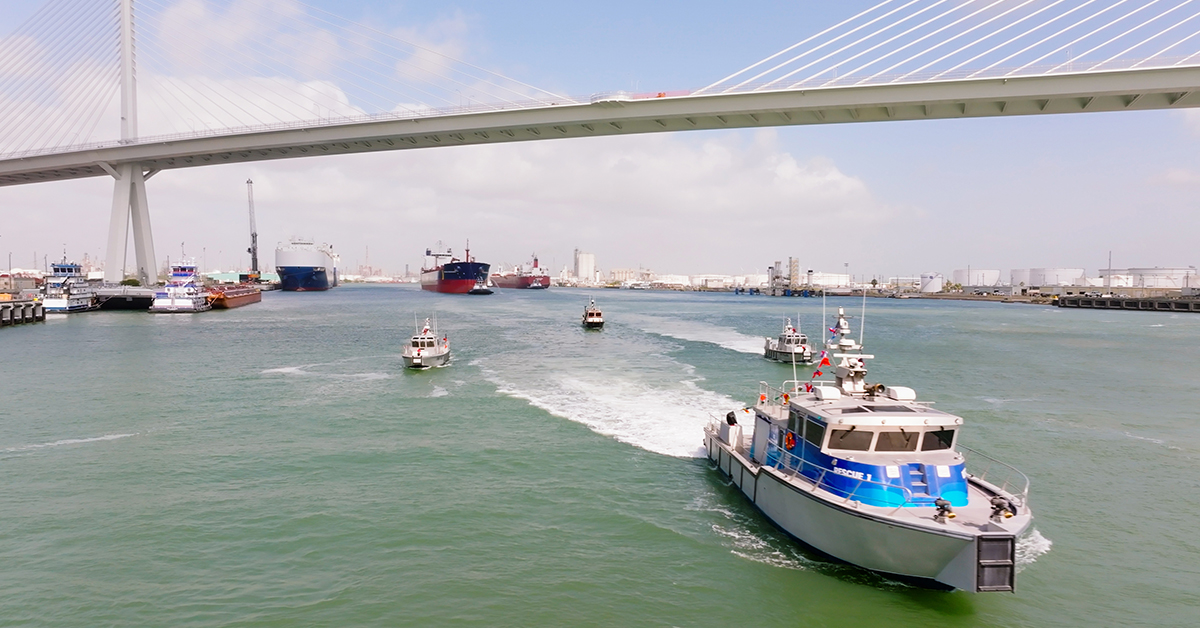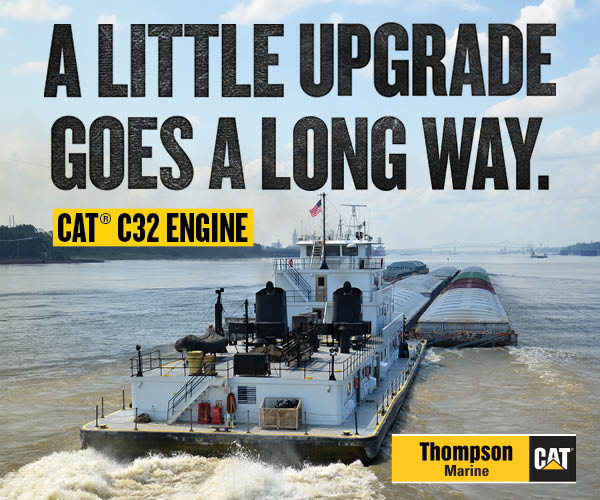Leaders from the Port of Corpus Christi, representatives from the Galveston Engineer District and federal, state and local leaders gathered at the port’s executive administration building June 2 to celebrate the near completion of the Corpus Christi Channel Improvement Project, which deepened the channel from 47 to 54 feet and widened it from 400 to 530 feet. The expansion project also added barge shelves to the Corpus Christi harbor.
The four-phase $625 million project, funded jointly by the federal government and the Port of Corpus Christi, got underway in 2017. The fourth and final phase of the project is expected to be complete in the second or third quarter of this year.
“This accomplishment is only possible because of the steadfast support and cooperation of our non-federal partner, the Port of Corpus Christi,” said Col. Rhett Blackmon, commander of the Galveston District. “Along with the port, stakeholders like the Texas General Land Office and the Coastal Bend Bays and Estuaries Program advocate for the communities we serve. In collaboration, we were able to deliver one of the largest beneficial use projects in the history of our district.”

The deeper and wider channel allows for larger vessels to call on the port and for two-way traffic on the waterway. According to the port, anticipated annual transportation cost savings stemming from the expansion will top $200 million.
“My fellow commissioners and I are grateful to the administrations and congressional delegations who supported this initiative, as well as the Port of Corpus Christi staff, past and present, who worked diligently to make this vision a reality,” said David Engel, Port of Corpus Christi commission chairman. “The Corpus Christi Ship Channel Improvement Project unlocks a new era of economic growth for both the Coast Bend and the nation. This commitment represents what can be achieved when we work toward a common goal: driving prosperity at home and strengthening America’s leadership in the evolving global market.”
The expanded channel comes amid more than $65 billion in investments in the Coast Bend region of Texas over the past 10 years, driven in large part by Corpus Christi’s proximity to the Eagle Ford Shale and Permian Basin. Oil and gas production and export has made the Port of Corpus Christi into the largest crude oil export gateway in the United States and the third largest in the world. More than 2.4 million barrels of crude oil is exported through the Port of Corpus Christi each day. The port is also the second largest gateway for liquefied natural gas.
In addition to the deeper and wider ship channel, the project also incorporated more barge shelves or lanes into the Corpus Christi harbor to allow safer and more efficient transit of ocean-going ships and inland tows.
Besides transportation efficiencies, construction of the Corpus Christi channel expansion had some environmental benefits. The project produced more than 40 million cubic yards of dredged material that was used beneficially, including about 5 million cubic yards that went toward restoring marshes in Corpus Christi and Nieces bays. The project also created 395 acres of sacrificial erosion protection and a 2,000-foot breakwater.
“This project was a successful endeavor that highlights what can be accomplished when the ports and federal agencies work together,” said Harmon Brown, project manager for the Corpus Christi Ship Channel Improvement Project. “The beneficial use sites were the result of close cooperation with local non-government organizations and [the Corps] to achieve ecosystem restoration on a scale that will reap real benefits for years to come.”
Featured image caption: A flotilla of vessels, led by the Port of Corpus Christi Police Department Rescue 1 fireboat, prepare to sail past the port’s executive administration building as part of the Corpus Christi Ship Channel Improvement Project Completion event on June 2. (Photo courtesy of the Port of Corpus Christi)




